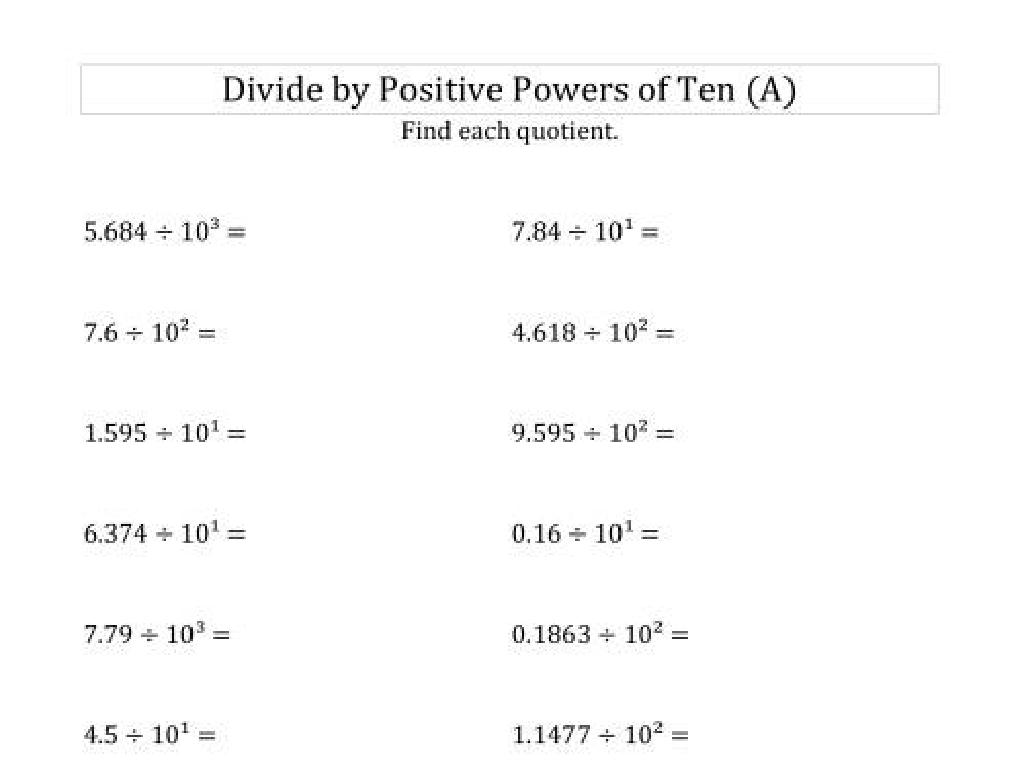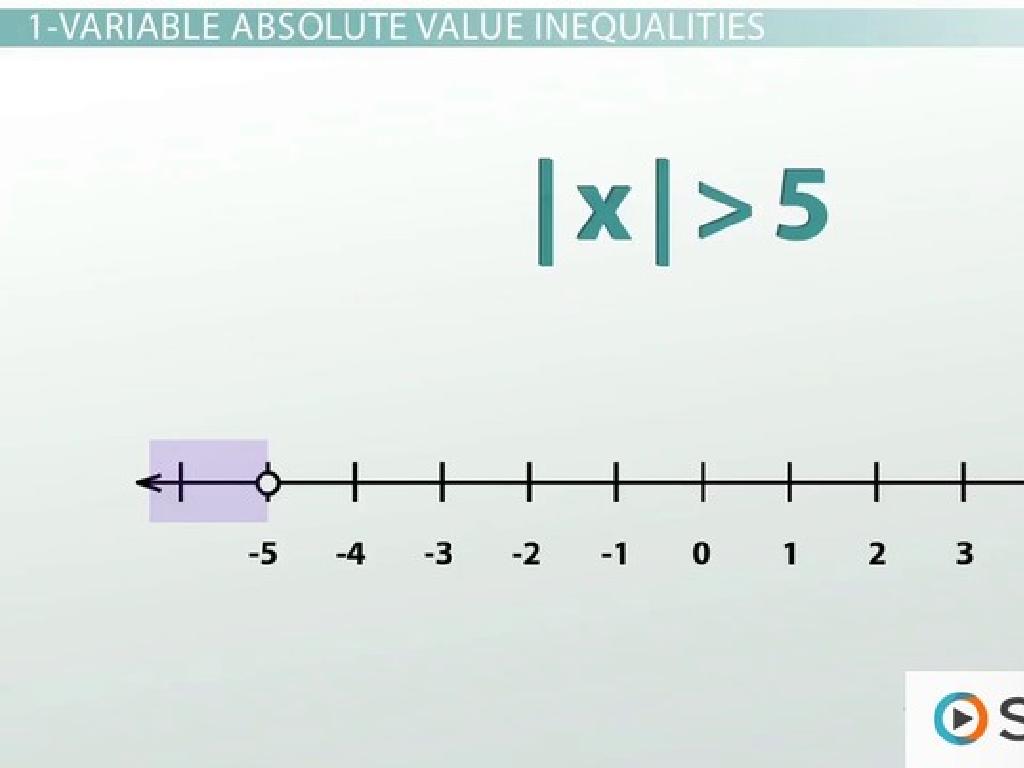Form And Use The Irregular Past Tense: Set 4
Subject: Language arts
Grade: Third grade
Topic: Verb Tense
Please LOG IN to download the presentation. Access is available to registered users only.
View More Content
Mastering Irregular Past Tense Verbs: Set 4
– Introduction to verb tenses
– Using verbs in the past tense
– Verbs tell us when an action happens: past, present, or future
– Focus on irregular verbs
– Irregular verbs don’t follow the regular ‘-ed’ ending rule
– Practice with set 4 verbs
– Examples: ‘go’ becomes ‘went’, ‘buy’ becomes ‘bought’
|
This slide introduces the concept of verb tenses to third-grade students, emphasizing the past tense and specifically irregular verbs from set 4. Begin by explaining that verbs can show when an action takes place. Then, highlight that while many verbs just add ‘-ed’ to form the past tense, irregular verbs change in unique ways. Provide examples from set 4 and encourage students to think of actions they did yesterday to practice using irregular past tense verbs. Prepare a list of common irregular verbs for students to practice with and consider interactive activities where they can use these verbs in sentences.
Understanding Verbs: Action Words
– Verbs show action or state of being
– Examples: run, jump, eat
– Actions like ‘run’ become ‘ran’ in the past
– Irregular past tense verbs
– Not all verbs end with -ed in the past
– Practice with set 4 verbs
– Find past forms of ‘sing’, ‘have’, ‘go’
|
This slide introduces the concept of verbs to third-grade students, emphasizing that verbs are words that describe actions or states of being. Start by explaining that verbs tell us what someone or something is doing. Provide clear examples of simple verbs like ‘run’, ‘jump’, ‘eat’, and ‘think’. Then, transition to the concept of irregular past tense verbs, which do not follow the regular -ed ending pattern. Encourage students to think about how these verbs change from present to past tense, which can be tricky. Use set 4 verbs as practice examples, asking students to convert present tense verbs to their irregular past tense forms. This will prepare them for more in-depth practice and understanding of irregular verbs.
Regular vs. Irregular Verbs
– Regular verbs add ‘-ed’ for past tense
– Irregular verbs have unique past forms
– Examples: ‘jump’ becomes ‘jumped’
– ‘look’ becomes ‘looked’, ‘want’ becomes ‘wanted’
– Examples: ‘go’ becomes ‘went’
– ‘eat’ becomes ‘ate’, ‘see’ becomes ‘saw’
|
This slide introduces the concept of verb tenses, focusing on the difference between regular and irregular verbs. Regular verbs form their past tense by simply adding ‘-ed’ to the base form. However, irregular verbs do not follow this pattern and have unique past tense forms that need to be memorized. Provide students with clear examples of both types of verbs. For regular verbs, use examples like ‘jump’ and ‘look’, and for irregular verbs, use ‘go’ and ‘eat’. Encourage students to think of more verbs and classify them as regular or irregular. This foundational understanding will help them in forming correct past tense verbs in their writing and speech.
Mastering Irregular Past Tense: Set 4
– Understanding irregular verbs
– Practice makes perfect
– ‘bring’ changes to ‘brought’
– Example: Yesterday, I brought my toy to school.
– ‘buy’ changes to ‘bought’
– Example: Last week, I bought a new book.
|
This slide introduces Set 4 of irregular past tense verbs to third-grade students. Irregular verbs do not follow the standard ‘-ed’ ending pattern when changing from present to past tense. Instead, these verbs transform in unique ways, and memorization through practice is key. Provide students with examples of irregular verbs from Set 4, such as ‘bring’ and ‘buy,’ and their past tense forms ‘brought’ and ‘bought.’ Use relatable examples in sentences to help students understand the usage. Encourage students to think of other verbs they know and to use them in sentences. Practice with exercises and repetition will help solidify their understanding of these irregular verbs.
Using Irregular Verbs in Past Tense
– Verbs change in the past tense
– ‘Bring’ changes to ‘brought’
– Example: I bring my lunch. Yesterday, I brought my lunch.
– ‘Buy’ changes to ‘bought’
– Example: I buy new shoes. Last week, my mom bought new shoes.
– Practice using irregular verbs
|
This slide aims to teach students how irregular verbs change when used in the past tense. Unlike regular verbs that simply add ‘-ed’ to the base form, irregular verbs have unique past tense forms. Provide examples using the verbs ‘bring’ and ‘buy’ to illustrate the change from present to past tense. Encourage students to notice the pattern of change and practice by forming sentences with other irregular verbs. During class, ask students to come up with their own sentences using irregular verbs from set 4 to reinforce their understanding.
Practice Time: Irregular Past Tense
– Listen to the present tense sentence
– Change the verb to past tense
– If I say ‘I eat an apple’, you change ‘eat’ to ‘ate’
– Remember, no simple -ed ending!
– Irregular verbs don’t follow the regular pattern
– Share your past tense sentence
|
This slide is for an interactive class activity focused on converting present tense verbs to their irregular past tense forms. Start by explaining that irregular verbs do not follow the typical ‘-ed’ ending rule. Then, orally provide sentences with present tense verbs, and ask students to reformulate them using the correct irregular past tense. For example, if the sentence is ‘I go to school’, the student should say ‘I went to school’. Encourage students to think aloud and discuss why they think their answer is correct, reinforcing their understanding of irregular verbs. Prepare a list of sentences with present tense verbs that are commonly used and have irregular past tense forms to use during the activity.
Let’s Play: Past Tense Charades!
– Understand ‘Past Tense Charades’
– Act out an action for friends
– Think of actions like ‘eat’ or ‘go’
– Friends guess the past tense verb
– What’s the past tense of your action?
– Have fun learning irregular verbs
|
This interactive game is designed to help students learn and practice irregular past tense verbs in a fun and engaging way. ‘Past Tense Charades’ involves students acting out an action without speaking, while their classmates try to guess the action and shout out the correct irregular past tense form of the verb. For example, a student might pretend to ‘eat’, and classmates would guess ‘ate’. This activity not only reinforces the concept of irregular verbs but also encourages active participation and collaboration among students. Teachers should prepare a list of irregular verbs suitable for the third grade and guide the students on how to play the game. It’s important to ensure that every student gets a turn to act out a verb and that the classroom environment remains supportive and encouraging.
Class Activity: Story Time with Irregular Verbs
– Write a story with 5 irregular verbs
– Use verbs from set 4
– Verbs like ‘bring’ became ‘brought’
– Share your story with a classmate
– Review each other’s verb usage
– Help each other find and correct mistakes
|
This activity is designed to help students practice using irregular verbs in a fun and interactive way. Encourage them to be creative with their stories and to use at least five irregular verbs from set 4. After writing, they should pair up with a classmate to read each other’s stories and check the use of the irregular verbs. This peer review process will help reinforce their understanding of the verbs and how they are used in context. As a teacher, circulate around the room to offer guidance and support. Possible verbs from set 4 could include ‘bring/brought’, ‘buy/bought’, ‘catch/caught’, ‘feel/felt’, ‘keep/kept’, etc. Make sure to provide a list of set 4 verbs for reference.
Review and Wrapping Up!
– Review today’s irregular verbs
– Practice is key to learning
– Homework: Find 3 irregular verbs
– Look for verbs that don’t follow the regular ‘-ed’ ending rule
– Use each in a sentence
– Make sure to write a complete sentence for each verb
|
As we conclude today’s lesson, it’s important to recap the irregular verbs we’ve covered. Reinforce the idea that regular practice is essential for mastering these verbs. For homework, students should find three irregular verbs not discussed in class and create sentences using them. This will help them apply what they’ve learned and recognize patterns in irregular verb usage. In the next class, we can review their sentences together, providing an opportunity for peer learning and further reinforcement.






